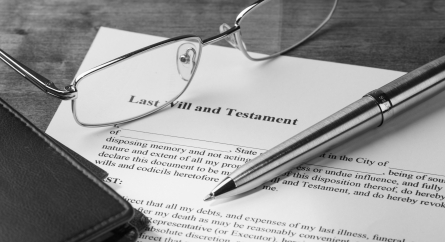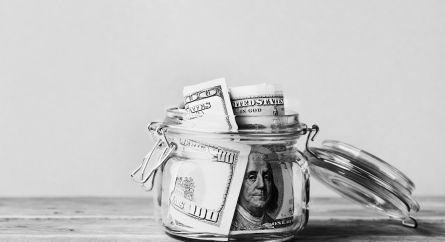IRS Provides More Flexibility for Qualified Opportunity Funds in the Wake of COVID Crisis
In the wake of the COVID Crisis, on June 4, 2020, the IRS issued Notice 2020-39. The Notice provides much-needed relief for taxpayers investing or considering investing in Qualified Opportunity Funds (“QOFs”).
Under section 1400Z-2, taxpayers have 180 days to reinvest gains from the sale of property in a QOF and defer gains from income tax. Notice 2020-39 allows taxpayers who sold property and realized gains between October 1, 2019 and March 31, 2020 to reinvest such gains in a QOF by December 31, 2020 and benefit from the provision’s tax deferral. Taxpayers must file a completed Form 8997 and 8949 with a timely filed Federal income tax return (including extensions) or amended Federal income tax return for the taxable year in which the gain would otherwise be recognized without a QOF reinvestment.
Under section 1400Z-2, a QOF must certify each year that it holds at least 90% of its assets in qualified opportunity zone (“QOZ”) property as determined by an average of (a) the percentage of QOZ property the QOF holds on the last day of the first 6-month period of its taxable year, and (b) the percentage of such QOZ property the QOF holds on the last day of its taxable year. If it fails to meet this requirement, the QOF must pay underpayment reporting penalties for every month its QOZ investments are below the 90% threshold. The Notice waives penalties for QOFs that fail to meet this 90% asset test in 2020 and therefore allows more time for recently formed QOFs to make such investments.
Section 1400Z-2 requires a QOF to commence the use of business property in a QOZ or substantially improve the QOZ acquired property. To substantially improve the QOZ property, the QOF must, during the 30-month period beginning after the date of the property’s acquisition, invest an amount equal to the QOF’s original acquired basis in the property. The Notice tolls the 30-month substantial improvement period during the period beginning on April 1, 2020 and ending on December 31, 2020. Therefore, QOFs that acquired QOZ property in 2019 and 2020 have up to an additional 8 months to substantially improve the acquired property.
To qualify as a QOZ business, under Treasury Regulations to section 1400Z-2, less than 5% of the average of the aggregate unadjusted bases of a QOF’s property can be attributable to “nonqualified financial property” (e.g., cash and cash equivalents). A QOF may hold an unlimited percentage of its assets in cash and short-term instruments, however, if it meets a regulatory “working capital safe harbor.” Under the safe harbor, the business must keep a written schedule showing expenditure of the working capital assets within 31 months from receipt of the assets that can be extended to a maximum of 62 months.
The Notice states that as a result of the emergency declared by President Trump on March 31, 2020 regarding COVID-19, all QOZ businesses covered by the working capital safe harbor before December 31, 2020 now will receive up to 24 additional months to expend working capital assets. Therefore, a QOZ business with 2020 working capital assets will have up to 86 months to expend these assets.
The section 1400Z-2 Treasury Regulations provide that if a QOF sells property in a QOZ, it has 12 months to reinvest the property without triggering gain. Notice 2020-39 provides that any QOF that has sold property and its 12-month reinvestment period included January 20, 2020 (the date of the disaster identified in President Trump’s Major Disaster Declarations), will receive up to an additional 12 months to reinvest the proceeds in QOZ property.
With the above allowances, Notice 2020-39 provides added incentives to taxpayers considering expanding investments in Qualified Opportunity Zones in the coming year.
Categorized: Real Estate, Taxes
Tagged In: coronavirus, COVID-19, qualified opportunity fund









